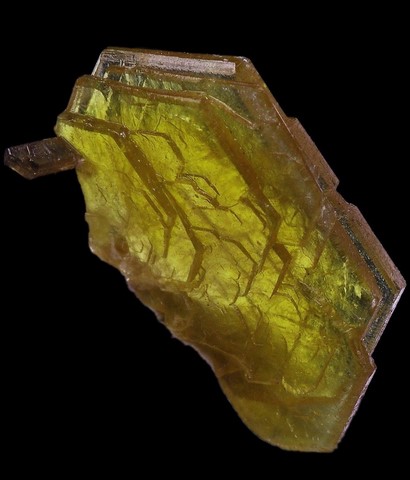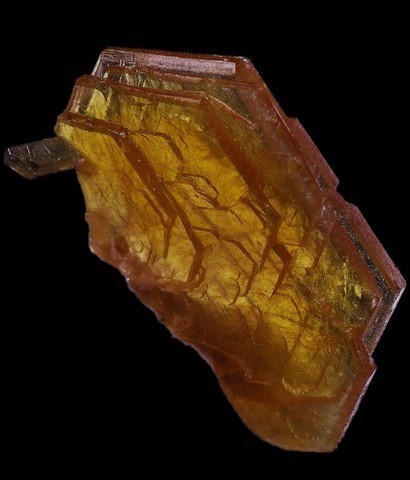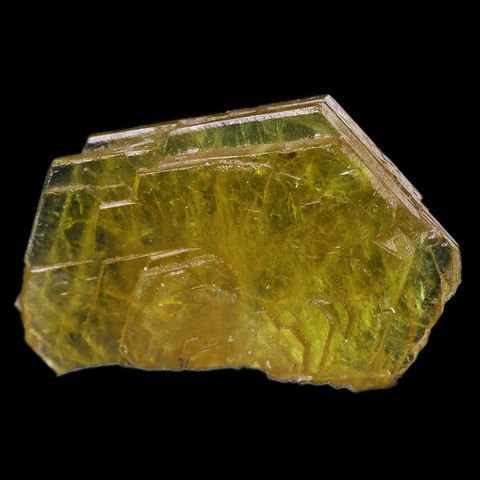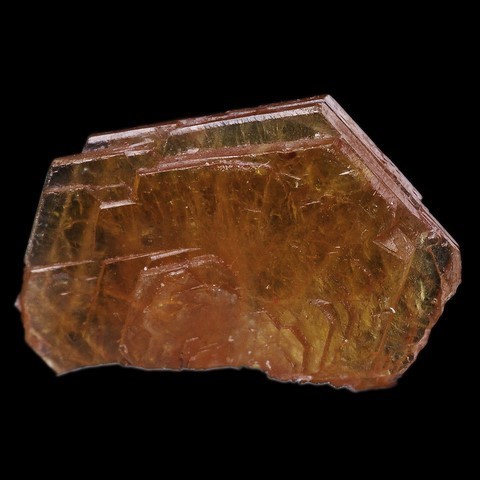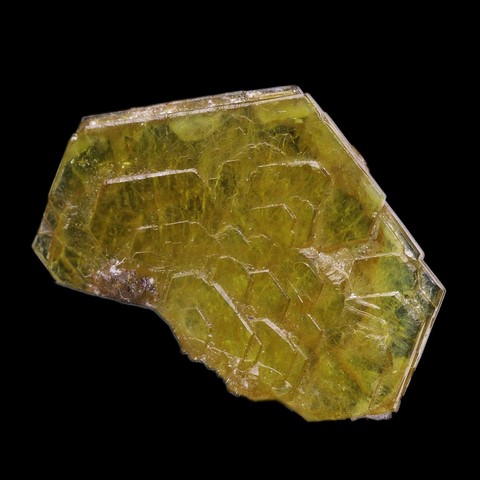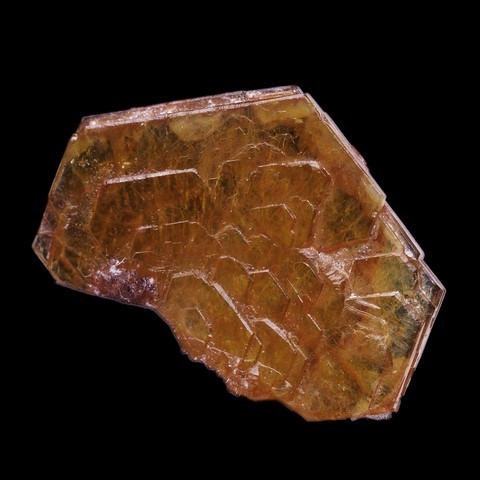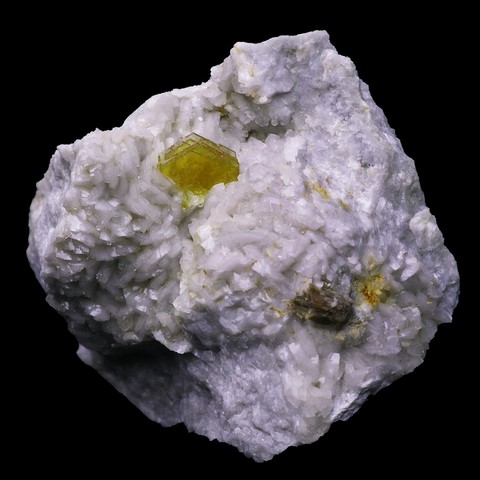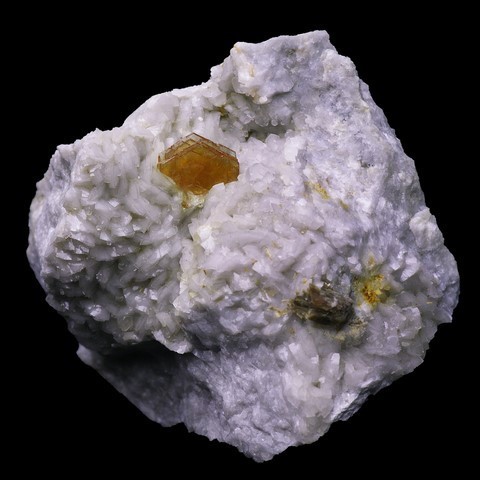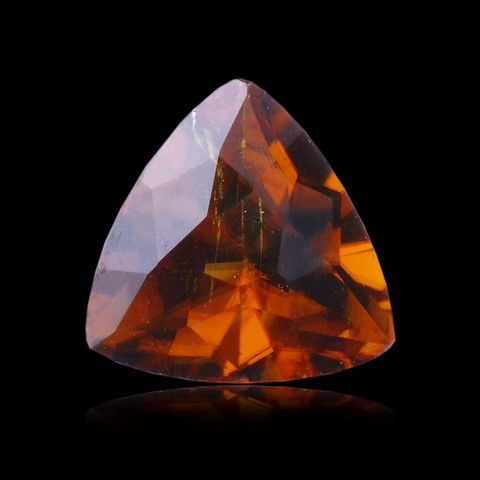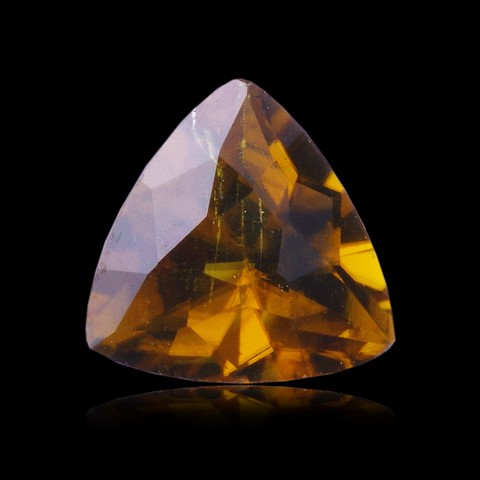 Bastnäsite - Encyclopedia
Bastnäsite - Encyclopedia
Class : Carbonates, Nitrates, Borates
Subclass : Anhydrous carbonates
Crystal system : Hexagonal
Chemistry : (Ce,La,Nd)CO3F
Rarity : Rare
Bastnäsite was initially considered to be a cerium carbonate. However, cerium is often replaced by other rare earth elements such as lanthanum, neodymium, praseodymium or yttrium in such high proportions that it can become a minority. These important substitutions led to consider bastnäsite as a group composed of several minerals defined before as varieties : bastnäsite-(La), bastnäsite-(Y), bastnäsite-(Ce), according to the dominant element. In addition to these substitutions, bastnäsites also often contain calcium, thorium or uranium, responsible for the metamict state of certain crystals. It is typically found in nepheline syenites and sodic granites and especially in their pegmatites, it can also be found in skarns in contact with these same rocks. More rarely, it is present in hydrothermal metasomatic deposits in dolomitic environments (Trimouns, France). Although common in alluviums, its alteration is easy, bastnäsite evolving into various rare earth compounds such as lanthanite. This mineral owes its name to its locality of discovery : Bastnäs, Sweden. It is presented in tabular crystals with hexagonal shapes, sometimes of large sizes superimposed to form structures in stack of plates. It is also found in stony, granular or lamellar masses. Transparent to translucent, it has a pale gray-yellow hue, yellow to brownish yellow and brown-red. Crystals are rare, they are sought after collectors, it is also a mineral that can be faceted for jewelry. It is also an important rare earth mineral, extracted in two giant deposits : Bayan Obo (China) and Mountain Pass (California, USA) where good crystals have however not been reported.
Bastnäsite in the World
Bastnäsite in France
Twinning and special crystallizations
Fakes and scams
No fake known for this species.
Hardness : 4 to 4.5
Density : 4.9 to 5.2
Fracture : Irregular
Streak : White
TP : Translucent to transparent
IR : 1.717 to 1.823
Birefringence : 0.101
Optical character : Uniaxial +
Pleochroism : Weak
Fluorescence : None
Solubility : Hydrochloric or nitric acid
Magnetism : None
Radioactivity : Weak

